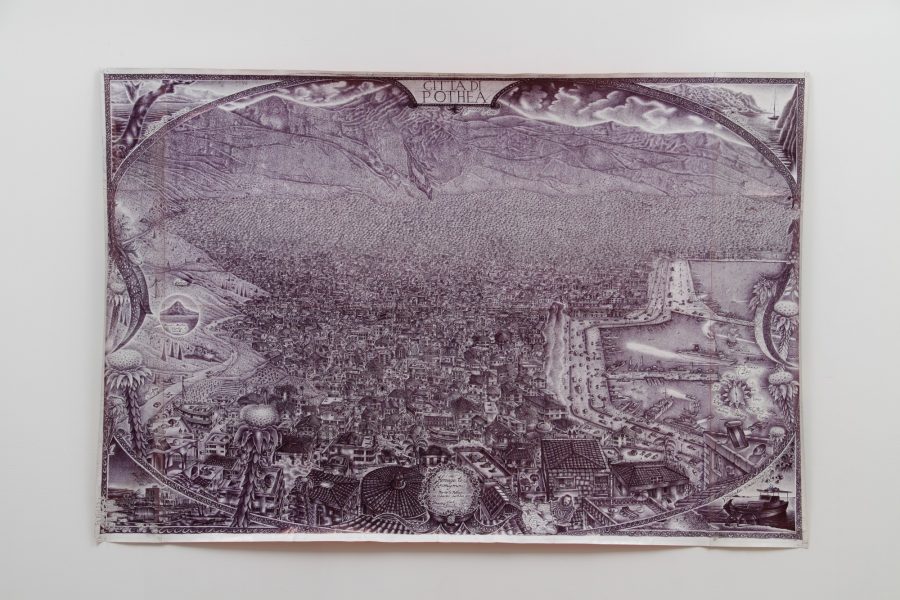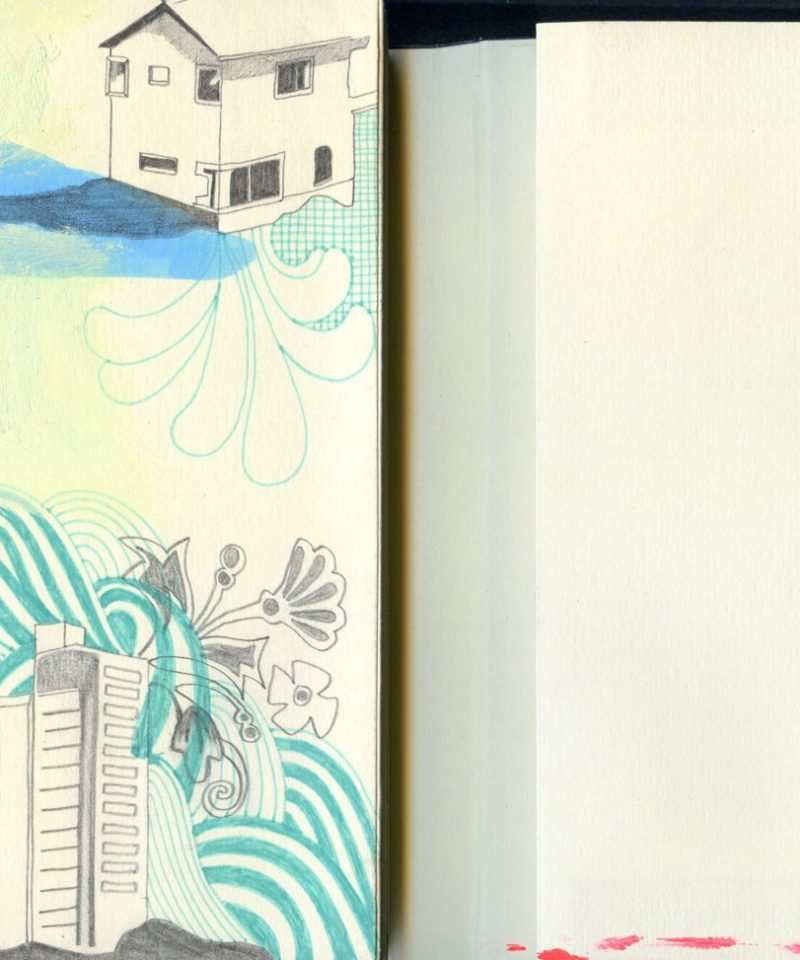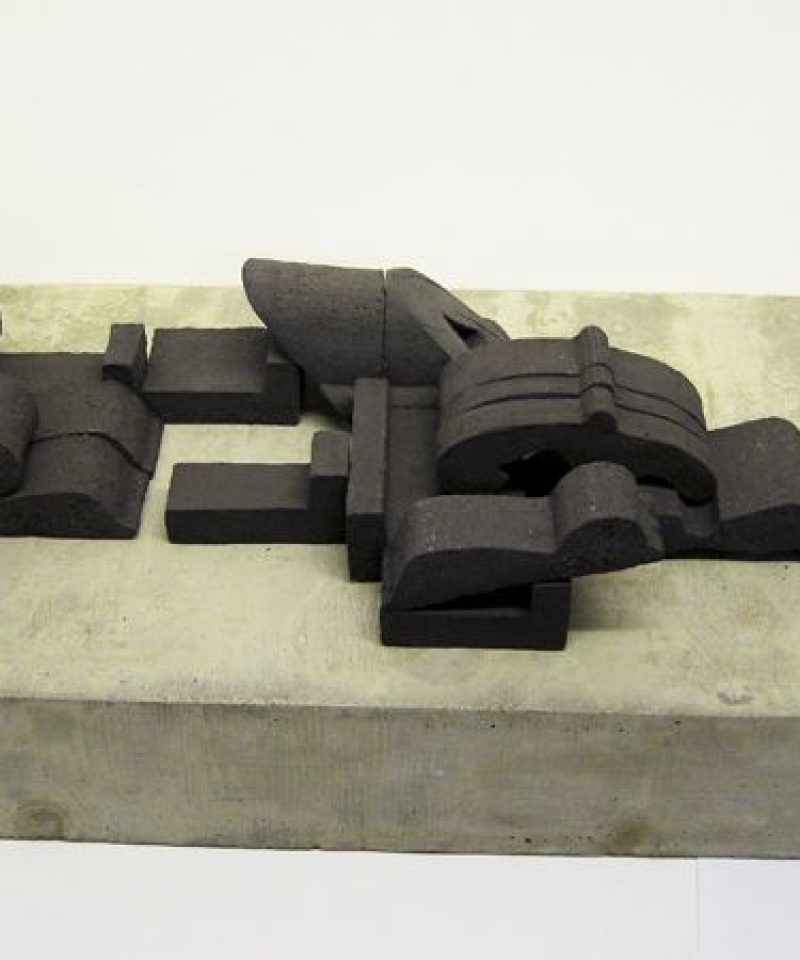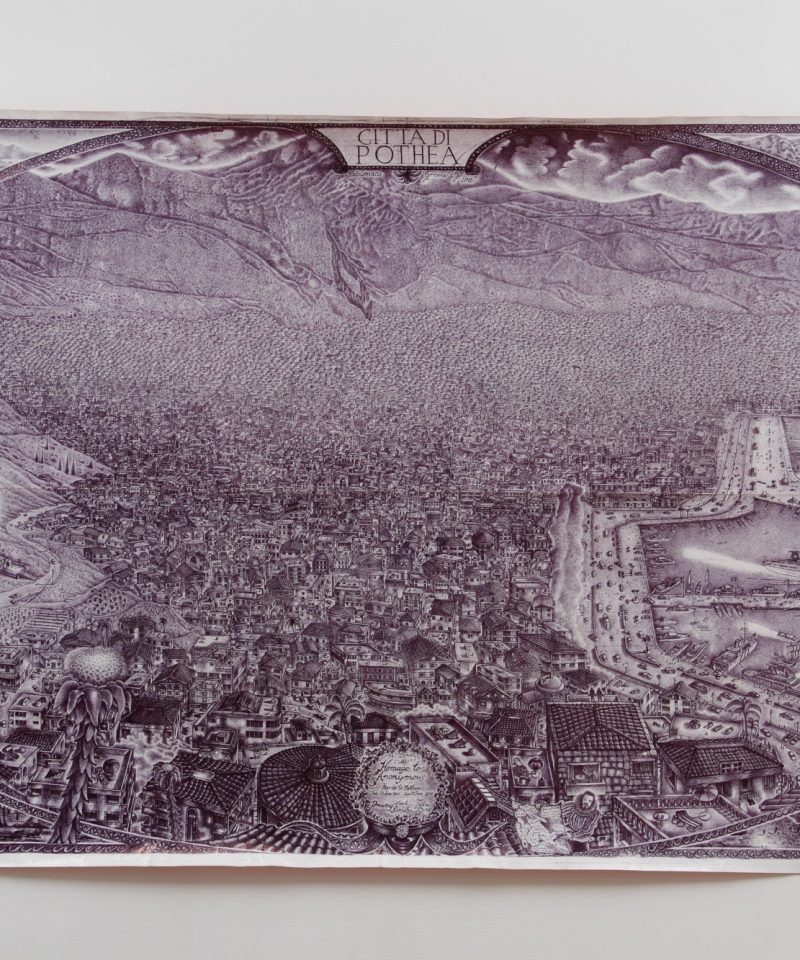Last night, the atrium of the JVA was filled with people eager to hear the discussion on drawing between curator, and one of the prize’s selectors for this year, Iwona Blazwick, and artist and curator Deanne Petherbridge, a previous selector and herself an author of a book on drawing. The video of the discussion can be seen above, but here’s some of my own thoughts…
While there was some disagreement – Blazwick made the point that with the rise of installation art, artists inviting us to step in to a real world, drawing itself had to work harder to maintain attention; Petherbridge said it was the other way around, it’s the viewer than needs to work harder – what struck me was the language used to describe drawing as a medium, the tendency to treat drawing like an endangered species. Stressing its unique qualities (‘it’s temporary quality, a what-if-ness’) while defending it against other media. I wasn’t really worried before, but the way you hear people talk last night, or say the way Jonathan Jones passingly mentioned the Jerwood prize as standing up for draughtsmanship “at a time when photography and video are seemingly the ascendant media in the visual arts.” Is drawing endangered? I’m not sure how qualified I am to make this statement, but I would feel that despite drawing’s disappearance or suppression in academic curricula, its vitality and importance remains constant. Maybe the worry more is simply that anxiety of prominence it is in relation to other visual discourses, which seems more a clerical (in a societal way) matter than anything else, or something for institutional curators to bicker over the debris. But, back to the talk…
Petherbridge began by approvingly declaring this year’s shortlist as ‘more sober, less of the throwaway, dealing more with pictorial matters.’ Blazwick then began setting forth a series of categories into which she had grouped all of this year’s shortlisted artists:
Technical drawings; drawing as a means of recording and observation; as a way of creating utopian and dystopian visions; as a bridge to the unconscious (‘a pure visual manifestation of that white noise’ of unconscious impulses); as a way of releasing an internal dynamic (speaking here of Leahy-Clark’s newspapers cut pieces which use the ‘scalpel as an instrument of drawing’); appropriation and found drawings; and as a means of destruction and graffiti.
Petherbridge’s responses to these categories were insightful, if sometimes elliptical. Speaking on drawing’s capabilities to easily create another world, Petherbridge pointed out that one of drawing’s predominant uses today has become the planning and sketching out of video games and films, using that fantastical ability towards the expression of violence. It was a good point, though it did also make me think that it was then certain forms of shoot-em-up games and comic book titles that have formed that opinion, which then in her Primacy of Drawing book leads her to completely discount any of the sizable body of work by Manga artists. I get the feeling comic books don’t come under what she would classify as drawing.
At another point, Blazwick was speaking of those found/replaced objects in the show, such as Roanna Well’s Withdrawn, 2011 framed skirt in the show; Petherbridge noted this was ‘an ancient activity,’ but I think she was speaking more about how artists find things in the world around them and then try to capture that. Blazwick spoke of the ‘fictive space’ opened by re-placing these things as drawings, but Petherbrige was speaking of Leonardo Da Vinci, drawing the things that he saw around them in fine detail.
Speaking of drawings as a potential preparation for another work, Blazwick mentioned the drawings of Paul McCarthy, whose drawings aren’t so much works in themselves, but mental spaces to sketch out his performances, preparations in a different way.
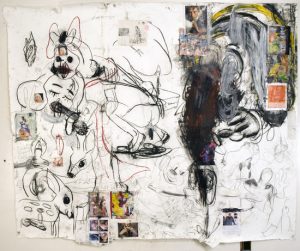
Petherbridge noted, ‘for the pre-moderns, drawing was always the preparation for a work in another medium. That doesn’t detract from drawing, drawing is the connection between the past and the future and the idea, it’s part of that process.’ That is as good a statement about drawing I can think of right now.
